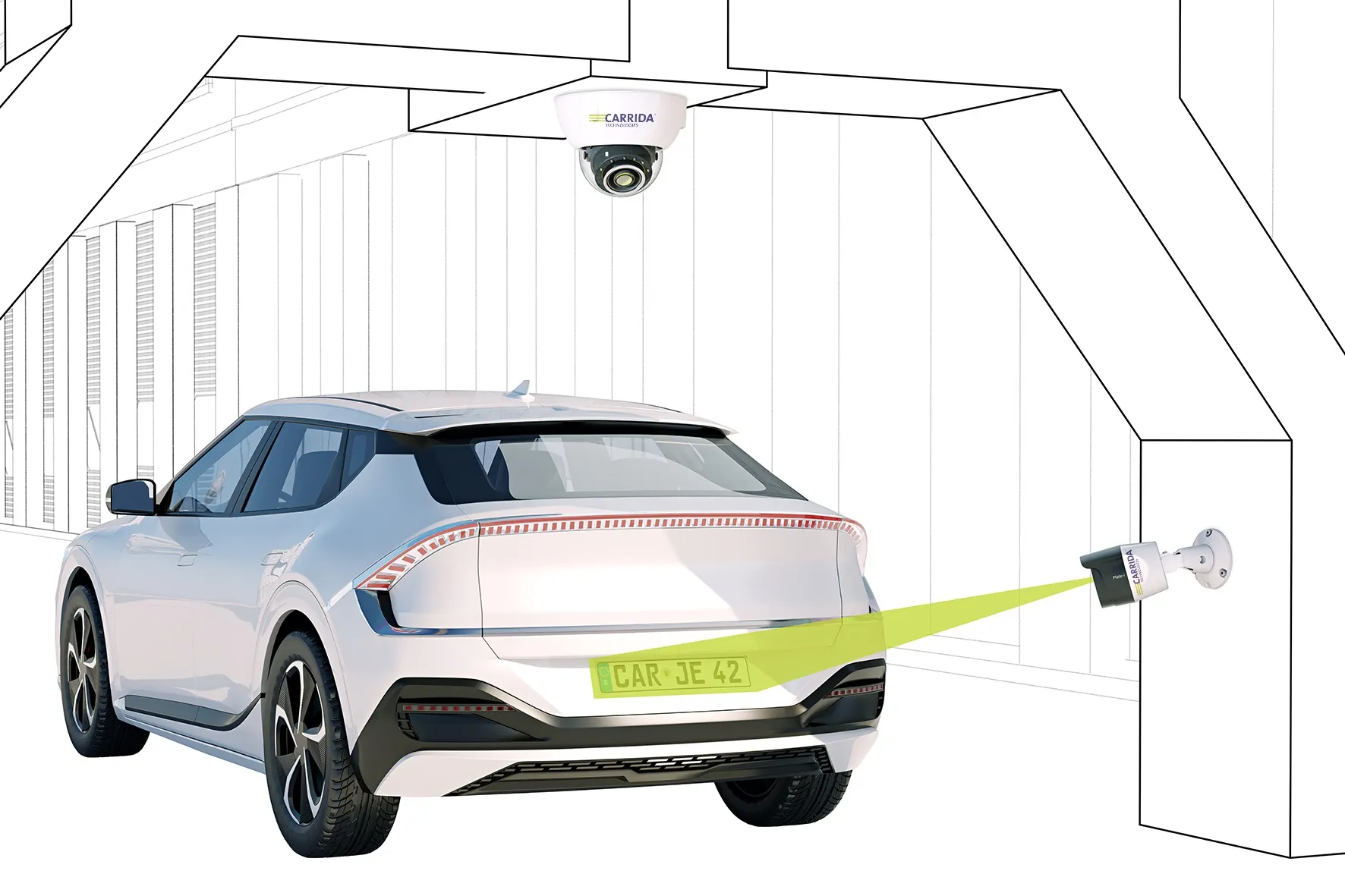Germany-headquartered
Now, using the latest technologies and many years of experience in operating networked system structures, Designa is offering its Real Cloud model as a service to parking operators, from individual garages to major worldwide networked facilities.
According to Designa, the reasons for using its Real Cloud Technology are clear. Conventional car parks require a dedicated server to manage and control their operations. With Real Cloud it is possible to network every facility together via the internet internet on a central, specially protected server. For large operators who are interested in networking several car parks, that server management makes it possible to grow more quickly than their competitors do.
Another benefit is that parking operators also gain from the fact that all systems have access to the most state-of-the-art software, since all updates are automatically carried out for all connected systems. This saves time, money and means security for the operator. Moreover, as a result of the centralisation it is possible to monitor every connected facility worldwide at the same time.
Designa points out that its Real Cloud Technology is a proven system: more than 300 parking facilities are currently using this emerging technology, handling up to 6.3 million visitor vehicles per month.
Parking management in the cloud simplifies control and management
Germany-headquartered Designa will use Intertraffic Amsterdam to highlight Real Cloud Technology for managing the operation of parking facilities. The company claims to be the global technology leader in the parking industry, with its Abacus and Slimpark products. Now, using the latest technologies and many years of experience in operating networked system structures, Designa is offering its Real Cloud model as a service to parking operators, from individual garages to major worldwide networked facilities.
February 12, 2016
Read time: 2 mins










